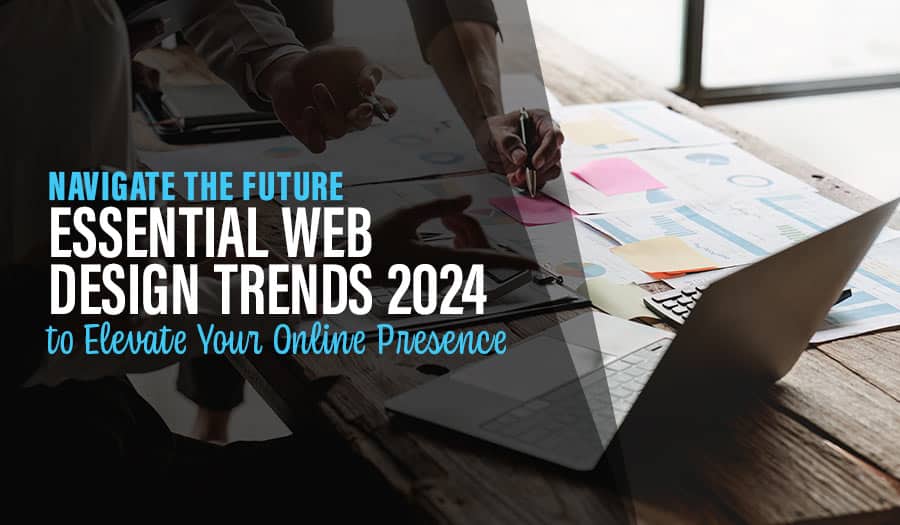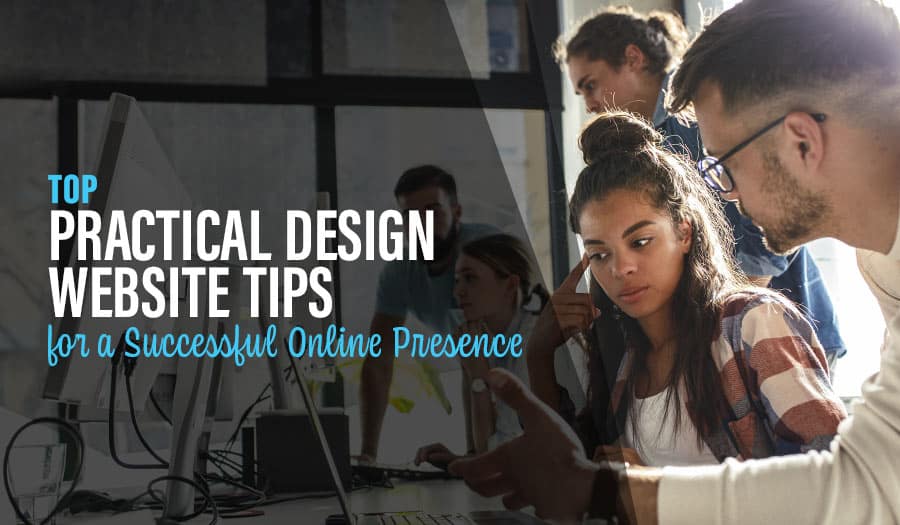A great website is essential to a successful business. When people come to your site, that’s often the first impression they get. If it looks professional, sets a tone that fits the business model, and makes it easy to find information, it will bring in new customers and encourage existing ones to return. How well it does, depends on you, the business owner. Let’s explore How to Run a Successful Business WordPress Website.
This doesn’t mean you have to manage every detail of it. The first skill you need is the ability to delegate. If you come from a tech background, you may know how to run a site all by yourself, but there are more significant demands on your time.
You’ll want technical people to run it and writers to create content. However, its overall character is your responsibility, and you need to know enough to give it the shape it needs.
How to Run a Successful Business WordPress Website
Let’s quickly look at the components of a WordPress website.
- Pages are, in general static content. A business website, as opposed to a simple blog, will always have these.
- Posts are the blog part of the site. You can choose to have a blog or not.
- WordPress Themes are a combination of code and style sheets that controls your site’s look.
- Plugins are code that gives your site additional capabilities.
1. Design
You need a designer that can give your site a layout and look that matches your business’s style and needs. A professional designer can recommend you, but the final choice is yours. Are you appealing to the impulse buyer or the accountant? Should the site look exciting or conservative?
You don’t necessarily need an eye for the fine points of design, but you need the ability to tell whether a site conveys the message you want.
Key Website Design Fundamentals include:
- Layout: how the site’s pages and sections relate to each other.
- Navigation: how visitors move around your webpages.
- Fonts and Colors: which fonts, text sizes, colors, and images you use to create a message.
- Graphics: which images, logos and icons you use to draw visitors in.
2. Quality Content
You generally should delegate writing the content, but its direction is your responsibility. You need to decide what to cover and what tone to set. Review the writers’ work to make sure it matches.
What do you want your site to do? In addition to presenting information, should it let people fill out a form to request a personal response? Do you want to sell things online? Should it include a blog, and if so, what should it cover?
You need to understand what’s easy to do and what’s harder or impractical. Including a blog with weekly updates isn’t hard. Adding e-commerce is possible but takes a significantly higher level of commitment.
The Top Types of website content include:
- Articles & blog posts – Share information, often in the form of stories or opinion pieces.
- Videos & images – Create videos demonstrating your products and services in action, showcasing customer stories, and providing instructional content.
- Infographics – Highlight facts and figures in an engaging manner that’s easy to understand.
- Product descriptions – Describe products accurately and compellingly to help people make informed decisions
- Podcasts – Tell stories that capture people’s attention and draw them into your brand.
- Case studies – Showcase how you’ve solved customer problems or succeeded with a project.
- FAQs Help pages – Provide concise answers to common questions so customers can quickly find the information they need.
- Infographics, and other visuals – Highlight facts and figures in an engaging manner that’s easy to understand.
- Interactive content – Use quizzes, polls, games, and other interactive methods to encourage engagement with your brand.
- Ebooks, white papers, and other downloadable documents – Offer valuable content that customers can use for research or reference.
- Blog posts – Share news, opinions, and other relevant information to keep people up-to-date with your brand.
- Webinars – Create high-quality visual experiences that inform and entertain people.
- Surveys – Ask customers what they think of your products and services to get direct feedback from the people that matter most.
- Case studies – Show how your product or service has helped real customers achieve their goals.
- Social media content – Use social media to share updates, special offers, and other information about your brand entertainingly.
- Press releases – Issue press releases when you launch a new product or service, achieve an important milestone or have any other newsworthy event.
- White papers – Write white papers to inform customers about the latest trends and technologies relevant to their industry.
- Product descriptions & reviews – Describe your products and services in detail, and include customer reviews to give potential customers an idea of what it’s like to work with you.
- Landing pages with lead generation forms – Create valuable content and offer it for free in exchange for contact information.
3. Functionality
Plugins can do many things that a basic WordPress installation can’t, and a designer can recommend ones for your purposes. Some plugins let you add widgets to a site. They can appear everywhere or in pages or posts, you select, adding valuable capabilities.
Other plugins let you generate page content for particular purposes or help you analyse site traffic. You need to work with the developer to choose the ones that will enhance the site and think carefully about whether the ones that add sparkle are excessive or not.
Popular Plugins that add functionality to WordPress Websites include:
- Yoast SEO – Optimizes your content for search engine rankings
- WooCommerce – Shopping cart system
- Gravity Forms – Form Building
- Advanced Custom Fields – Adds and customizes form fields on the website
- Contact Form 7 – Advanced contact forms with multiple fields
- Google Analytics Dashboard for WP (GADWP)
4. Search Engine Optimisation
You need to understand Search Engine Optimisation (SEO), the art of maximising your site’s rank in Web searches. One of the most important things to understand is that companies like Google have a lot of experience with attempts to game their rankings, and the attempt usually backfires. What does work is well-chosen titles, the use of keywords in a natural way, and outbound links to relevant content?
Encouraging others to link to your site is a huge help, but “link farms” won’t fool the search engines. Plugins are available to aid with SEO. The important thing for you as the owner is to encourage sensible SEO and discourage cheap tricks. If it looks like a cheap trick to you, it will almost certainly look like one to Google.
Understanding social media is essential. You can significantly increase your site’s outreach by tying it to your company’s accounts on major sites. This is one of the best reasons for having a blog; with suitable plugins, you can automatically post to sites like Facebook, Twitter, and Tumblr whenever a blog post appears, linking back to the blog. This will help your SEO and make it easy for people to follow your news.
You must understand the analytics you get from plugins well enough to make decisions. Is your traffic growing? Are people finding your contact page? If not, it could be time to look at what needs improvement. If it’s working, figure out how to capitalise on it. Growth in views isn’t enough unless it turns into an increase in sales.
Key on-page Website SEO Optimisation includes:
- Meta tags (Key Words, Meta Descriptions and Page Titles)
- Image Alt Tags
- Headings and Subheadings (H1, H2, H3 etc)
- Linking within your website pages
- Naming conventions for URLs, files, and folders
These elements help search engines find the content on your page, so it is important to optimise them with appropriate keywords.
How to Measure the Successful of your Business WordPress Website
Analytics are the lifeline of any successful website, and WordPress offers a selection of tools to measure the success of your site. Make sure you have Google Analytics installed and configured on your website so that you can track the number of visitors coming to your page, what pages they’re viewing and their behaviour while there. You should also use the free WordPress plugin ‘Yoast SEO’ to track your organic search traffic, and make sure you keep up with any changes that Google may introduce.
By monitoring these metrics, you can identify which pieces of content are doing well and which areas need further improvement. You can also gain insight into how users interact with your website, which can help you make better decisions about design and development. Finally, with the right tracking tools in place, you can measure the success of any campaigns or marketing efforts you put out into the world.
In brief, your job as a business owner is to decide what the site should accomplish and to give your people the necessary direction to complete it. To learn how we can help you achieve that, please get in touch with us.
Let Sydney’s leading Web Design Agency take your business to the next level with a Pixel Fish Small Business Website.
Check out some of our latest Website Design projects.
More Reading
What Are Google Core Web Vitals? (And Why You Need Them)
Top 10 Digital Marketing Mistakes Every Business Must Avoid
How to Keep Your WordPress Website Running Fast
An Introduction to Website Design for Small Business
Business Web Design Tips: How to keep people on your website longer
The Pros And Cons For Running An Online Business From Home
How Content Marketing can Grow Your Business



